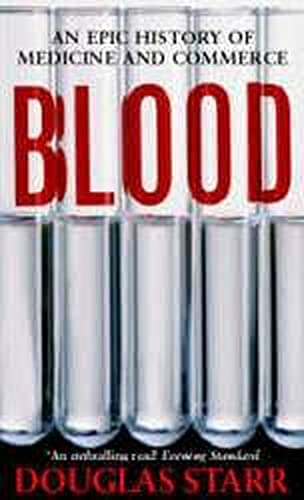Those Very Special Inhibitor Families

Inhibitor families are a special lot and my admiration for them just continues to grow. For the past six months I’ve been interviewing parents and patients for my new book on inhibitors and I have learned what amazing hardships they face, and with such courage. Though I helped facilitate the Novo Nordisk Consumer Council for the past two years, I still didn’t have a full appreciation of their lives. This past week in New York City we inaugurated a new group of parents and patients for the Consumer Council, and I feel better able to represent their needs by knowing more about the medical care, parenting concerns and social issues they face.
We had a wonderful time on Friday. Meeting at the Westin Hotel Times Square for a full day, the marketing team at Novo Nordisk and I presented questions and listened to nine consumers share their experiences, thoughts, suggestions and concerns. None of them had ever met one another, as inhibitor patients are pretty rare and in a country as big as the US, it is hard for them to meet. The Novo Nordisk Inhibitor Summits brought inhibitor patients together for the first time two years ago, and yes–for all who are reading this–there are going to be two more this year.
We had breakout groups, exercises and ice breakers. One ice breaker–meant to help us get to know one another–asked each participant to identify themselves with an animal. Everyone chose different animals, from a kangaroo to a dog to a lion. But Schlander chose an ant–unusual because almost no one in these types of exercises ever chooses an insect. Why an ant? Because though small, they are strong in groups and can accomplish something that seems impossible, given their size. Given that this group will be together for two years, it was a perfect animal to choose to highlight what a small team of dedicated people might and will accomplish.
Great Book I Just Read: Blood: An Epic History of Blood and Commerce, by Douglas Starr. Four stars! This book took me a while but it was well worth it. Fantastic overview of the history of blood. It starts with the story of a madman running naked through the streets of Paris… reads like a novel but is packed with information about the meaning of blood in society, medicine and business. Learn about its incredible importance during World War II, and how much we advanced our knowledge of blood because of the war. Fully half of the book is devoted to the hemophilia holocaust, and I read with sadness and pride about our community, and its fight to bring safer measures of blood treatment and justice to the victims. It was startling and impressive to read about the leadership and courage of people like Bruce Evatt of the CDC, and Corey Dubin and Dana Kuhn of COTT, true heroes in our midst even today. I had read the history of the HIV infection before, and even watched the HBO movie about it, and still see Corey and Dana at events. But.. time goes on, and being human, we all tend to forget the past. This book reminded me of how privileged we are to have these warriors; how lucky my son and anyone born after 1985 are because they benefited from their perseverance to get a settlement from the government and drug companies, and have safer measures. And they still persevere in protecting our blood supply even today. Blood is required reading for anyone involved in the hemophilia community on any level.



